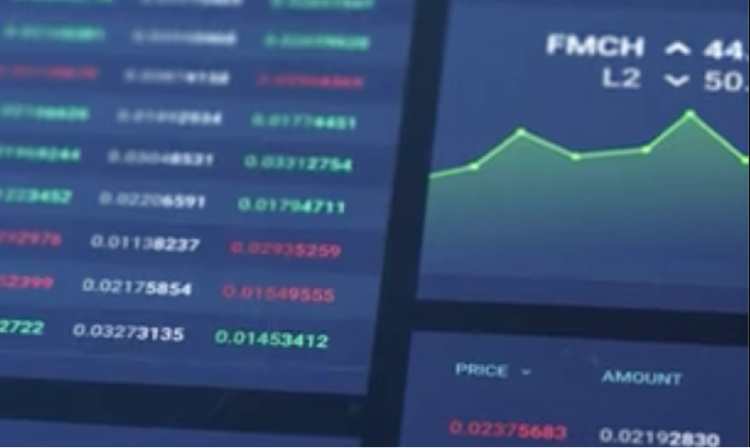
Market data is already digital. The days of ticker tapes, when stock pricing was transmitted over telegraph lines and could be delayed more than 15 minutes, are long gone. Now pricing delays are measured in nanoseconds and digital data flies at speeds never imagined 20 years ago. Firms have gained advantage by moving closer to data sources to receive the data faster than their competitors, or collocated to have a server at an exchange for ultra low latency data.
Technological innovation has created many solutions for speeding up data, but none for solving the complexities around what exactly firms can do with that data. These rights, stipulations and rules are contractual terms that define the user’s ability, or inability, to leverage the data as they please. The definitions limit data usage, sharing, and whether derivative works can be created. The rules around the creation of derivative works can be incredibly complex. If an analyst wants to use data in a report, or wishes to co-mingle the data with other data, they must first understand their ability, or their firm’s ability to do so. For example, when can the data be comingled and what are the limitations; what is the minimum number of data sources that can be used for any given vendor’s data to be eligible; and can they use weighted averages? These terms are usually buried in contractual language between the vendor and the consumer of data, and breaches of these kinds of terms has cost market data consumers millions of dollars in fines.
The complexity doesn’t stop at usage rights: how the services to which these data usage rights apply are being defined can be every bit as challenging. The nomenclature used for these services (data feeds such as stock prices, end of day pricing, valuations for NAVs, indices, ratings, etc.) are different not only across the industry, but often within a single vendor’s products and services. For example, the terms used for the same service (single data field) could be different from the end source (terminal or enterprise systems), the contracts, and the invoice. These inconsistencies alone cost the industry millions of dollars, not in fines but in delays: for consumers who must reconcile invoices and need to research their bills, and for vendors on the other side who are not receiving payment because their invoice and their contract language are not aligned.
At VendEx Solutions, we believe that the digitization of these issues will streamline the industry. Starting with the identification of services, VendEx Solutions is working with the world’s largest market data consumers and vendors to create a centralized data repository where market data services are assigned a single alphanumeric identifier. The VendEx Identifier (VID) is a patent-pending identifier that captures all market data services to the most granular level identifying vendor, product, service, asset class, instrument type, region, and delivery method to name a few items that are captured. This will streamline contracts, normalize the understanding of services, and ease the burden of invoice reconciliation.
Digitizing the contracts and associated workflows will further streamline the market data industry, whether using sophisticated solutions arising from the ODRL project headed by an industry task force of banks and vendors, leveraging immediately available solutions like the VKey product offered by our firm, or moving to even more elegant solutions that we will unveil in the next year where vendors and consumers negotiate these terms digitally so lawyers can then draft contracts from executed business terms. Clients using VKey today are already touting the multitude of worker hours saved, a 10:1 ratio, by easily identifying and locating contractual terms in effect. With the digitization of contracts performed by industry experts, Market Data Managers are more efficient in working with their internal clients when requests for data usage arise – which, according to our clients, is almost daily.
Paper contracts are akin to the ticker tape. Catalogues of services at the most granular level did not exist before today; if they did they would equal stacks of Yellow Pages (remember those?) piled high. Digitization of market data contracts and workflows is allowing firms to save time and money, just as the digitization of the stock market quotes did with early screens like Quotron. Market data is already digital, and VendEx Solutions is working with the industry to tackle the challenges presented by filing cabinets full of paper contracts and the lack of standardization across product and service descriptions to create the next generation of digitized solutions.
